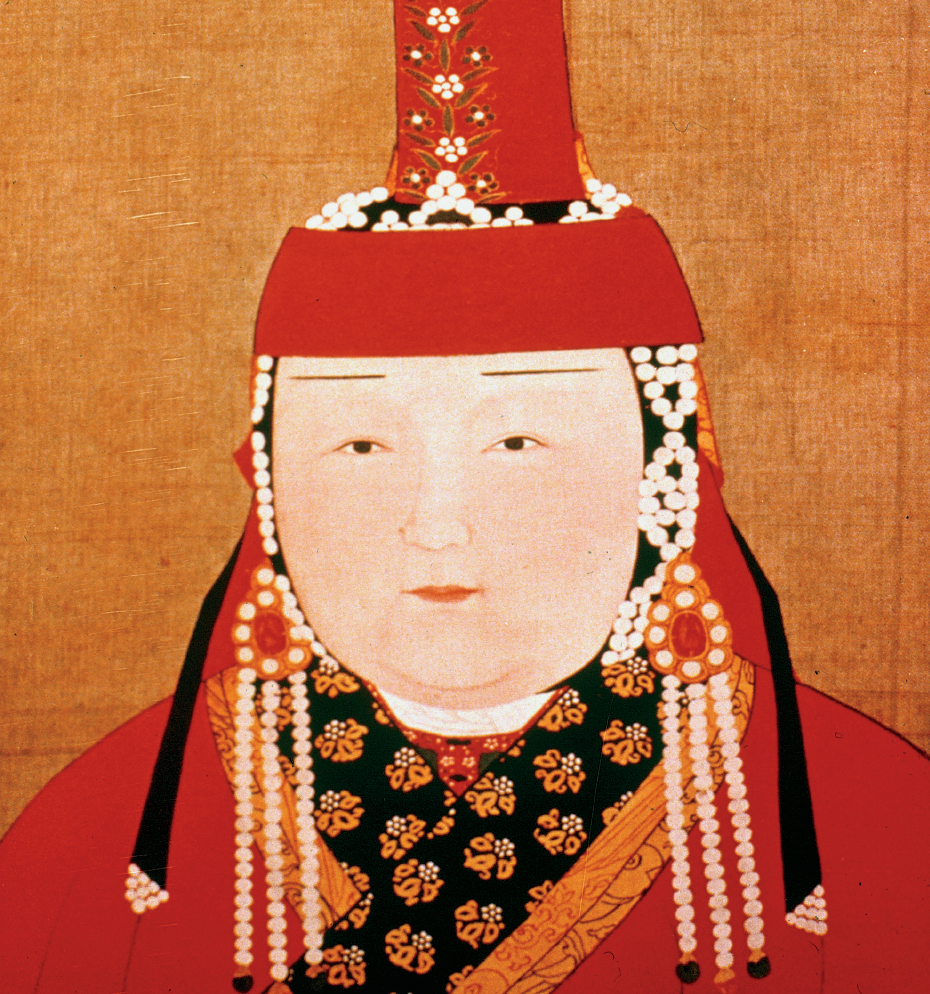Understanding World Societies:
Printed Page 328
Introduction for Chapter 12
12 CULTURAL EXCHANGE IN CENTRAL AND SOUTHERN ASIA 300–
> How did Mongol conquests and maritime trade facilitate cultural exchange in central and southern Asia? Chapter 12 examines the forces that contributed to cultural exchange and transformation in Asia between 300 and 1400. From the fifth century on, groups of nomadic Turks appeared along the fringes of the settled societies of Eurasia. Much more dramatic was the rise of the Mongols in the late twelfth and early thirteenth centuries. Under the leadership of Chinggis Khan, the Mongols subdued one society after another. For a century Mongol hegemony fostered unprecedented East-

LearningCurve
After reading the chapter, use LearningCurve to retain what you’ve read.
> CHRONOLOGY
| ca. 320– |
1030 |
| Gupta Empire in India | Turks control north India |
| ca. 380– |
ca. 1100– |
| Life of India’s greatest poet, Kalidasa | Buddhism declines in India |
| ca. 450 | ca. 1200– |
| Huns invade northern India | Easter Island society’s most prosperous period |
| ca. 500 | 1206 |
| Srivijaya gains control of Strait of Malacca | Temujin proclaimed Chinggis Khan; Mongol language recorded; Delhi sultanate established |
| ca. 500– |
ca. 1240 |
| India’s medieval age; caste system reaches its mature form | The Secret History of the Mongols |
| 552 | 1276 |
| Turks rebel against Rouruan and rise to power in Central Asia | Mongol conquest of Song China |
| ca. 780 | ca. 1300 |
| Borobudur temple complex begun in Srivijaya | Plague begins to spread throughout Mongol Empire |
| 802– |
1398 |
| Khmer Empire of Cambodia | Timur takes control of the Delhi sultanate |
| ca. 850– |
|
| Kingdom of the Uighurs |